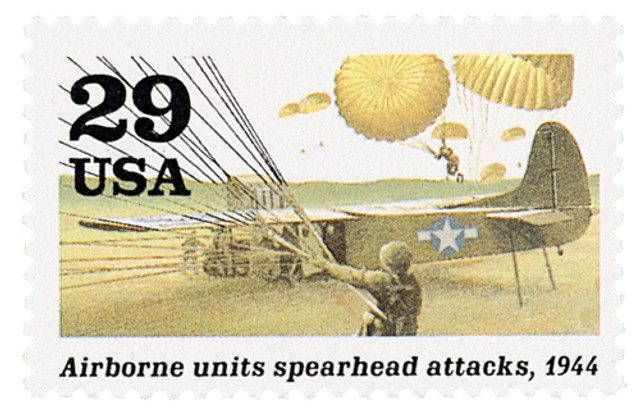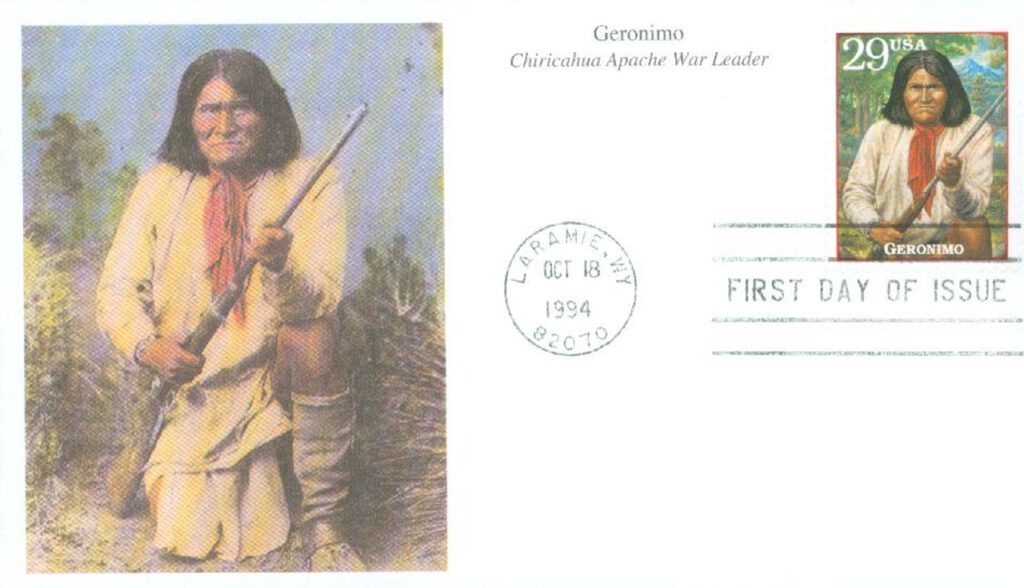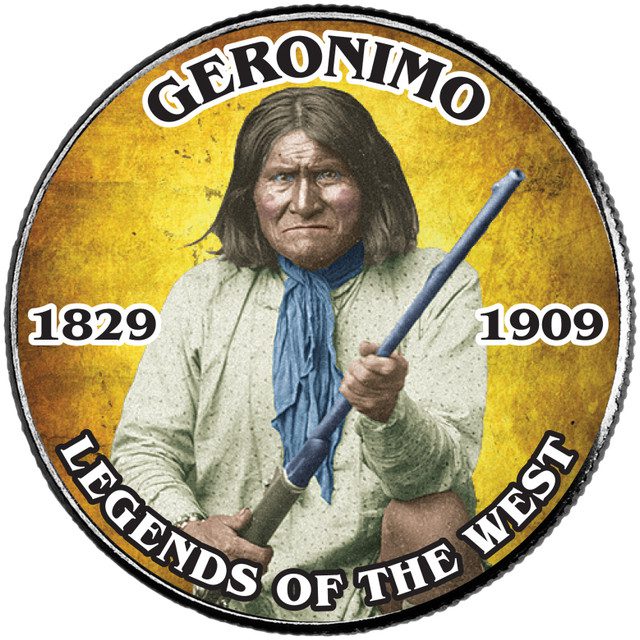After nearly 30 years fighting the outsiders that invaded his home, Geronimo surrendered on September 4, 1886. His surrender marked the end of Apache resistance and the close of the so-called “Indian Wars.”
Geronimo, one of the most famous leaders of the Apache people, is remembered both as a fierce warrior and as a symbol of Native resistance in the American Southwest. Born in 1829 in what is now Arizona, he grew up as a member of the Bedonkohe band of the Chiricahua Apache. His Apache name was Goyahkla, meaning “One Who Yawns,” but history knows him by the name given by Mexican soldiers: Geronimo. He lived during a time of violent conflict between Native peoples, Mexico, and the expanding United States. For decades, the Apaches fought to defend their homelands against encroachment, and Geronimo became one of their most determined fighters.
Much of Geronimo’s early hatred of outsiders came from personal tragedy. In 1851, while his band was camped in Mexico, soldiers attacked, killing his wife, children, and mother. The loss filled him with grief and anger, and from that point forward, Geronimo dedicated himself to revenge. He became known for leading raids against both Mexican and American settlements. Though he was not technically a chief, he was respected as a skilled strategist, medicine man, and spiritual figure. His reputation for courage spread, and both his people and his enemies recognized his relentless spirit.
Throughout the mid- to late 1800s, the United States government worked to force Native tribes onto reservations. For the Apaches, this meant giving up their traditional ways of life—hunting, raiding, and moving freely across the desert and mountains. Many leaders reluctantly accepted these conditions in hopes of survival, but Geronimo resisted. He escaped reservations several times, leading small groups of warriors and their families into the mountains of Arizona and northern Mexico. His ability to vanish into rough terrain and strike unexpectedly made him legendary.
By the 1880s, Geronimo was one of the last Apache leaders still resisting US authority. His band, never numbering more than a few dozen warriors, was pursued by thousands of soldiers. Both the US Army and Mexican forces coordinated efforts to track him down. Geronimo’s intimate knowledge of the land gave him an advantage, but the pressure was relentless. His people were exhausted, constantly moving, and unable to live in peace.
The final chapter of his resistance came in 1886. General Nelson Miles, who took command of the US Army in the Southwest, made Geronimo’s capture a top priority. Miles placed trusted Apache scouts and soldiers under Captain Henry Lawton and Lieutenant Charles Gatewood in the field. These men were tasked with negotiating Geronimo’s surrender if possible. Gatewood, who had earned some respect among the Apache, was especially important in gaining Geronimo’s trust.

After months of pursuit, Geronimo realized that he and his people could not continue much longer. They were constantly pursued, short on food, and weary from years of struggle. Finally, on September 4, 1886, Geronimo surrendered to General Miles in Skeleton Canyon, Arizona. This event marked the end of the last major Native American resistance against the US Army. At the time of his surrender, Geronimo commanded only about 30 to 40 warriors, along with women and children.


The terms of the surrender were harsh. Geronimo and his followers were sent into exile far from their homelands. They were transported as prisoners of war to Florida, then later to Alabama, and finally to Fort Sill in Oklahoma. Many suffered from disease and the shock of being uprooted from their desert environment. Geronimo himself spent the rest of his life as a prisoner, never again allowed to return to his native lands in Arizona.
Despite his captivity, Geronimo became a figure of fascination to Americans. He appeared at fairs, exhibitions, and even in President Theodore Roosevelt’s 1905 inaugural parade. At these events, people flocked to see the once-feared Apache warrior. Geronimo signed photographs, buttons, and even sold souvenirs, though he never stopped asking the government to allow his people to return home. His requests were always denied.
Geronimo died in 1909 at Fort Sill after being thrown from his horse and developing pneumonia. In his final days, he reportedly expressed regret that he had surrendered, saying he should have fought to the death.
| FREE printable This Day in History album pages Download a PDF of today’s article. Get a binder or other supplies to create your This Day in History album. |
Discover what else happened on This Day in History.







Very interesting.
And The West was Won.
But why do people yell his name when they jump out of airplanes?
‘
https://en.wikipedia.org/wiki/Geronimo_%28exclamation%29
I wondered that too, but don’t really know the answer..thought maybe because he was brave and always (until the last) escaped…so “what the heck, just go for it..Geronimo!!” but I am strictly making that up–does anyone know the real answer?
Just saw the wikipedia link–lots of explanations there!
An excellet story of our history. This and other stories like this should be taught in our schools I am 87 years old and I don’t remember any thing like this taught to us in school. A great article.
If the stamp and history is not available, we will never know of the people who made history.
Great information on an important slice of Americana. Thanks.
I have really enjoyed recapturing our History. Keep up the good work Look forward to each days lesson.
Great information. Thanks Mystic.
The last paragraph says he spent the remainder of his life as a prisoner, then goes on to say he became a successful farmer, worked as a scout, and made appearances in world fairs. How could he do all of that while being a prisoner??
Outstanding!
I think I read somwhere that when Geronimo was about to lead his warriors into battle they would all shout out his name, (kinda like a “lets roll! thing ).
As usual your articles are interesting and informative. Thank you.
Geronimo:
Wow, 80 full years of living in a constant flight or fight.
What a life!
I find it funny, “Geronimo was known to his Apache people as Goyaalé, or, “the one who yawns.â€
“After decades of fighting and years of running dozens of miles a day, Geronimo and his men were tired.”.
That is some kind of endurance! Especially for a guy named for his yawning.